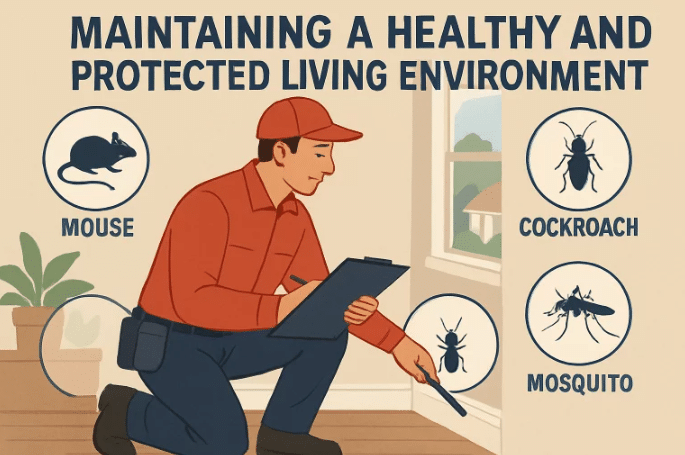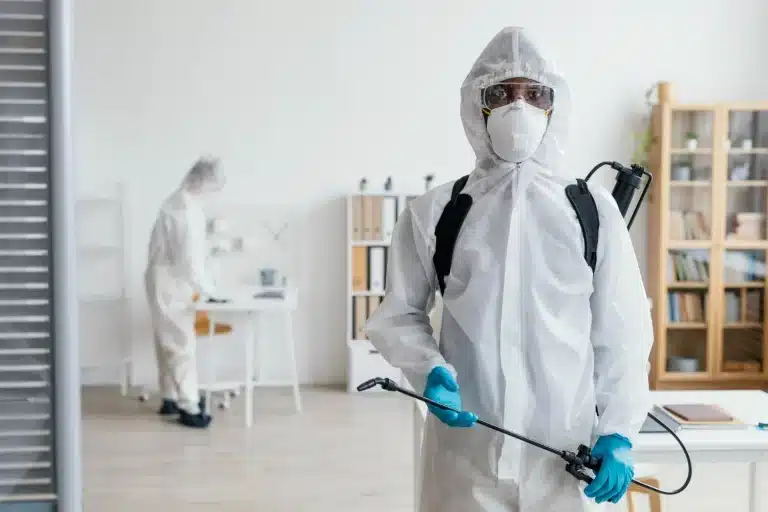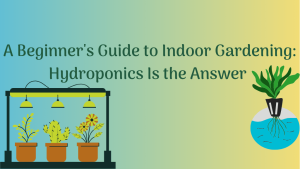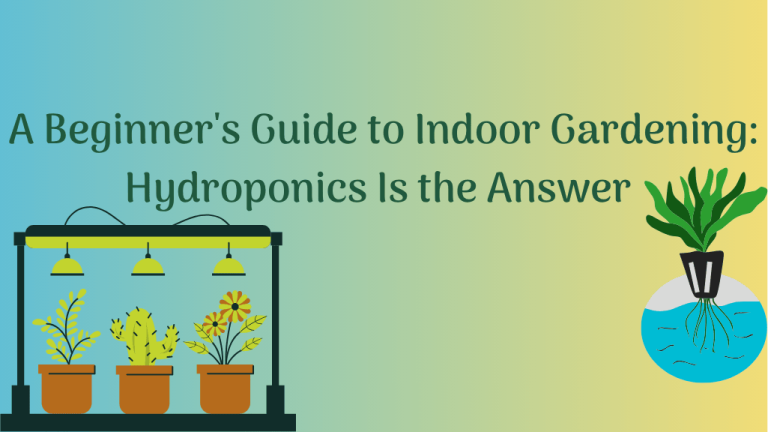Understanding the Health Risks Posed by Pests
Pests are far more than just a simple annoyance in our daily lives; they can be a persistent, unrelenting threat to public health within households and communities. Rodents, cockroaches, and mosquitoes in particular have garnered notoriety for their capacity to transmit severe, sometimes even life-threatening diseases.
Rodents such as mice and rats, for example, can carry pathogens like hantavirus and leptospirosis, both of which can be transmitted to humans through contact with their droppings, urine, or nesting materials. Cockroaches are another formidable foe, thriving especially in damp, unclean locations.
They spread bacteria such as Salmonella and E. coli, in addition to allergenic proteins and various intestinal worms. In regions where these pests are especially prevalent, relying on professional support such as pest control Charlotte, NC, can make a crucial difference in maintaining a safe and sanitary living space.
Mosquitoes, meanwhile, are perhaps best known as vectors for viruses such as West Nile, Zika, and even more infamous diseases like malaria and dengue fever in certain parts of the world. The ability of these common pests to pose significant health hazards highlights the urgent need to prioritize pest control.
By arranging regular inspections and treatments with dependable services, families can significantly reduce the risk of exposure to these illnesses and maintain an environment that supports good health and happiness for everyone residing in the home.
Preventing Structural Damage to Your Home
Beyond their well-documented health hazards, pests are also notorious for the vast and costly destruction they can inflict on the physical structure of homes. Termites often work quietly behind walls, floorboards, and foundations, consuming wood and wood-based materials with relentless persistence.
This type of damage often goes unnoticed for months—or even years—before it reaches a point where expensive, sweeping repairs are necessary. Similarly, carpenter ants carve tunnels within wooden beams, while wood-boring beetles can inflict slow but steady damage, weakening structural supports.
Regular pest inspections, carried out by trained professionals, provide a crucial safeguard. Early detection is vital: catching and treating an infestation before pests can multiply wildly is the most effective way to preserve your property’s integrity.
Not only does this save on repair bills and lengthy construction delays, but it also ensures your home remains a safe, sturdy, and protected space for your loved ones. Prevention, therefore, is key, and ongoing vigilance pays off significantly in the long run.
Reducing Allergens and Improving Indoor Air Quality
Pest waste, saliva, and body parts can become airborne and circulate through HVAC systems, spreading allergens throughout the home. These particles often trigger or exacerbate respiratory issues, such as asthma, bronchitis, and chronic allergies, particularly in vulnerable individuals.
According to the Mayo Clinic, indoor allergens such as pest debris are a significant contributor to allergy symptoms and asthma flare-ups. Professional pest control eliminates these sources, reducing allergen levels in the air. This leads to better sleep, fewer health issues, and improved overall quality of life. Keeping allergens under control is a vital step toward long-term health and comfort.

Protecting Food Supplies from Contamination
Food preparation and storage areas are attractive to pests such as ants, cockroaches, mice, and rats. These pests can easily access pantries and containers, contaminating far more than what is visible to the naked eye.
Cockroaches and rodents often leave behind feces, urine, and husks that carry harmful bacteria and viruses. If these pathogens reach food or surfaces, they pose serious health risks.
Maintaining clean environments and sealing food properly are key, but professional pest control adds an essential layer of protection. Together, these efforts form a crucial defense against foodborne illness in homes and commercial spaces.
Implementing Integrated Pest Management (IPM) Strategies
Integrated Pest Management (IPM) is a sustainable approach to pest control that combines various strategies for long-term effectiveness and efficiency. It includes biological methods, such as using natural predators like ladybugs, to manage pest populations.
Cultural practices, such as eliminating standing water and improving sanitation, help make homes less attractive to pests. According to the U.S. Environmental Protection Agency, IPM also involves mechanical controls, such as traps and barriers, that physically block pests without the use of chemicals. Chemical treatments are used only as a last resort and applied in a targeted, minimal-risk manner. Overall, IPM helps families prevent infestations while protecting health and the environment.
Economic Benefits of Regular Pest Control
Regular pest management offers benefits that go far beyond just preventing infestations. It can save homeowners thousands by avoiding costly treatments, structural repairs, and medical expenses. Preventative service visits reduce the need for emergency extermination and health-related interventions.
A pest-free home also maintains strong curb appeal and boosts property value. When selling a house, maintaining consistent pest control records provides reassurance to buyers and meets inspection requirements. Ultimately, proactive pest control protects both your daily comfort and your long-term investment.
Choosing the Right Pest Control Service
Choosing the right pest control provider is essential for effective and lasting results. Opt for companies with certified professionals who stay current with modern techniques and regulations.
Eco-friendly services show a commitment to safety and environmental responsibility. Reliable providers go beyond single treatments by offering ongoing support and inspections. They educate homeowners and provide customized advice for long-term prevention and maintenance. This relationship-focused approach ensures pests stay away for good.
Conclusion
Proactive pest management is a cornerstone of a healthy, secure, and comfortable home environment. By remaining aware of the dangers that pests pose and making regular pest control a priority, you protect your family’s health, your home’s structural soundness, and your quality of life.
Today’s best pest control strategies—particularly those rooted in Integrated Pest Management—deliver effective results while safeguarding the planet and everyone within your walls. Stay vigilant, choose a reputable service, and enjoy the peace of mind that comes from knowing your living spaces are truly safe, clean, and thriving.













